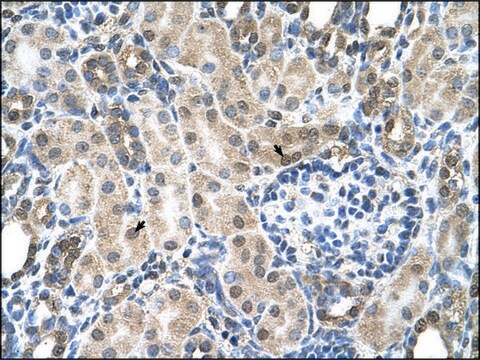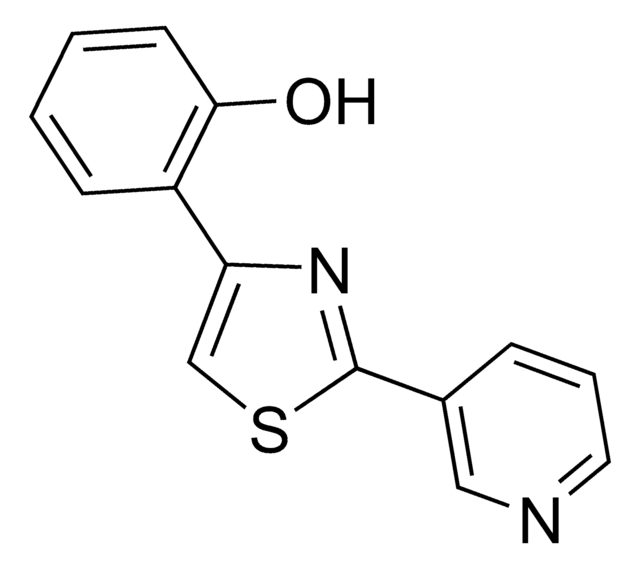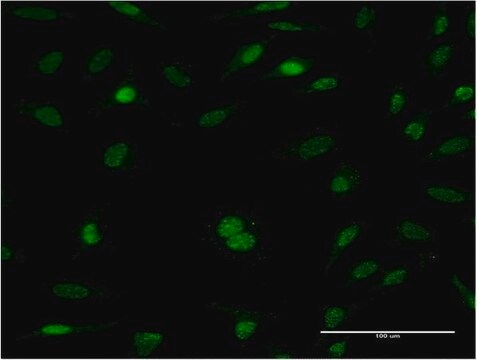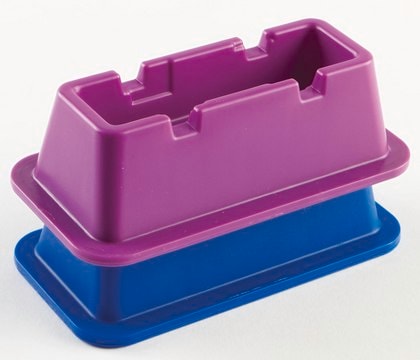推荐产品
生物源
mouse
品質等級
共軛
unconjugated
抗體表格
purified antibody
抗體產品種類
primary antibodies
無性繁殖
6, monoclonal
分子量
calculated mol wt 128.26 kDa
observed mol wt ~140 kDa
物種活性
human, rat
包裝
antibody small pack of 100 μL
技術
western blot: suitable
同型
IgG1κ
UniProt登錄號
運輸包裝
dry ice
儲存溫度
2-8°C
目標翻譯後修改
unmodified
基因資訊
human ... RFC1(5981)
一般說明
Replication factor C subunit 1 (UniProt: P35251; also known as Activator 1 140 kDa subunit, A1 140 kDa subunit, Activator 1 large subunit, Activator 1 subunit 1, DNA-binding protein PO-GA, Replication factor C 140 kDa subunit, RF-C 140 kDa subunit, RFC140, Replication factor C large subunit) is encoded by the RFC1 (also known as RFC140) gene (Gene ID: 5981) in human. Replication factor C (RFC) is a multi-subunit DNA replication factor that is composed of five subunits of 140, 40, 38, 37, and 36 kDa size. These five subunits exist in all eukaryotes and are highly conserved in both structure and function. RFC1 is the largest subunit in this complex. RFC serves as a DNA-dependent ATPase that binds in a structure-specific manner to the 3 end of a primer hybridized to a template DNA. This ATPase is activated in the presence of primer/template DNA and is further stimulated by PCNA addition. In eukaryotes, it acts as a clamp loader that can bind and open the homotrimeric PCNA clamp, and then load PCNA onto a template-primer junction in an ATP-dependent reaction. Coupled with ATP hydrolysis, RFC is ejected from the PCNA clamp for the next round of DNA synthesis and then the clamp recruits DNA polymerases for processive elongation of DNA chains. In addition to its role in DNA replication, RFC also plays a role in DNA polymerase switching, DNA repair, and check-point control in cell cycle progression. RFC1 displays wide tissue distribution but is undetectable in placental tissue. (Ref.: Chen, Y., et al. (2018). Front. Plant Sci. 9; 779; Bunz, F., et a. (1993). Proc. Natl. Acad. Sci. USA. 90 (23); 11014-11018; Tsurimoto, T., and Stillman, B. (1989). EMBO J. 8(12); 3883-3889).
特異性
Clone 6 is a mouse monoclonal antibody that detects Replication factor C subunit 1 (RFC1).
免疫原
Purified Replication factor C subunit 1 (RFC1) from HEK293 cell nuclear extract.
應用
Quality Control Testing
Evaluated by Western Blotting in HepG2 cell lysates.
Western Blotting Analysis (WB): A 1:500 dilution of this antibody detected Replication factor C subunit 1 (RFC1) in HepG2 cell lysates.
Tested Applications
Western Blotting Analysis: A representative lot detected RFC1 in Western Blotting applications (Farina, A., et. al. (2008). J Biol Chem. 283(30):20925-36).
Note: Actual optimal working dilutions must be determined by end user as specimens, and experimental conditions may vary with the end user
Evaluated by Western Blotting in HepG2 cell lysates.
Western Blotting Analysis (WB): A 1:500 dilution of this antibody detected Replication factor C subunit 1 (RFC1) in HepG2 cell lysates.
Tested Applications
Western Blotting Analysis: A representative lot detected RFC1 in Western Blotting applications (Farina, A., et. al. (2008). J Biol Chem. 283(30):20925-36).
Note: Actual optimal working dilutions must be determined by end user as specimens, and experimental conditions may vary with the end user
Anti-RFC1, clone 6, Cat. No. MABE1893, is a mouse monoclonal antibody that detects Replication factor C subunit 1 (RFC1) and is tested for use in Western Blotting.
外觀
Purified mouse monoclonal antibody IgG1 in buffer containing 0.1 M Tris-Glycine (pH 7.4), 150 mM NaCl with 0.05% sodium azide.
儲存和穩定性
Recommend storage at +2°C to +8°C. For long term storage antibodies can be kept at -20°C . Avoid repeated freeze-thaws.
其他說明
Concentration: Please refer to the Certificate of Analysis for the lot-specific concentration.
免責聲明
Unless otherwise stated in our catalog or other company documentation accompanying the product(s), our products are intended for research use only and are not to be used for any other purpose, which includes but is not limited to, unauthorized commercial uses, in vitro diagnostic uses, ex vivo or in vivo therapeutic uses or any type of consumption or application to humans or animals.
Not finding the right product?
Try our 产品选型工具.
儲存類別代碼
12 - Non Combustible Liquids
水污染物質分類(WGK)
WGK 1
閃點(°F)
Not applicable
閃點(°C)
Not applicable
我们的科学家团队拥有各种研究领域经验,包括生命科学、材料科学、化学合成、色谱、分析及许多其他领域.
联系技术服务部门








